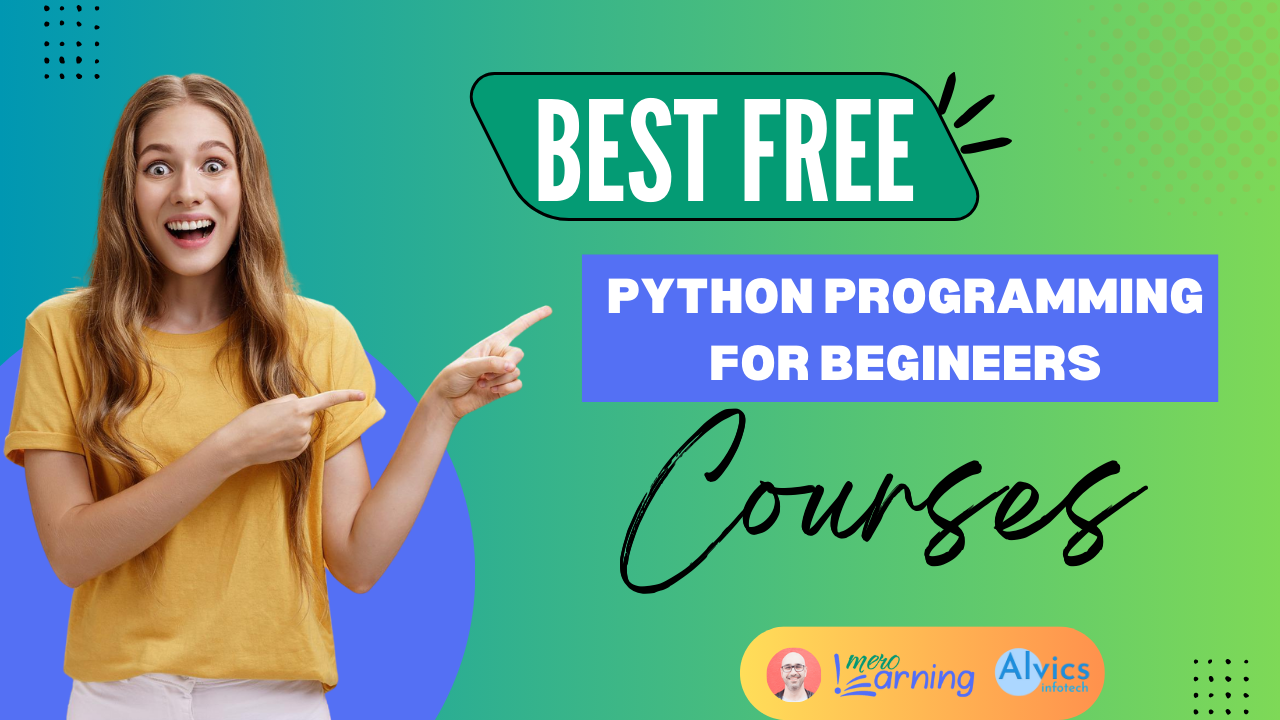The Complete Python Programming Course for Begineers
in ProgrammingAbout this course
In this course, you're going to learn everything you need to get started with Python. Just be aware that I've designed this course for beginners, so if you have some programming experience, check out my other Python course for developers. You can see the link on the top right-hand corner of this video. So, Python is the world's fastest-growing and most popular programming language not just amongst software developers, but also amongst mathematicians, data analysts, scientists, accountants, network engineers, and even kids. In fact, it's the ideal programming language to learn first. But what makes Python so special?
Here are 6 reasons. With Python, you can solve complex problems in less time with fewer lines of code than many other languages. That's why huge companies like Google, Spotify, Dropbox, and Facebook have embraced this beautiful and powerful language. Here's an example. Let's say we want to extract the first three characters of the text "hello world." This is the code you would have to write in C Sharp, this is how I would do this in JavaScript, and here's how we would do it in Python. See how clean and simple it is? And that's just the beginning. Python is a multipurpose language and you can use it for a wide range of jobs such as data analysis, AI/ML, writing automation scripts, building web, mobile, and desktop applications, as well as software testing or even hacking. So if you want a high-paying long-lasting career in all these areas, especially AI and machine learning, Python is the language to put those opportunities at your fingertips.
In fact, according to Indeed.com, the average salary of a Python developer in the US was over $115,000 in March 2018. And here are four more reasons to make Python the most desirable language. Python is a high-level language so you don't have to worry about complex tasks such as memory management as you do in C++. It's cross-platform, which means you can build and run Python apps on Windows, Mac, and Linux. It has a huge community, so whenever you get stuck there is someone out there to help. And it has a large ecosystem of libraries, frameworks, and tools. Whatever you want to do, it is likely that someone else has done it before. Because Python has been around for over 20 years, there are two versions of Python out there: Python 2, which is the legacy version of Python and is going to be supported until the year 2020, and Python 3, which is Python for the future. In this course, you're going to learn Python 3.
Hi, I'm Mosh Hamedani, and I'm going to be your instructor in this course. I'm a software engineer with 18 years of experience, and I have taught way over one million people how to code or how to become top professional software engineers. To learn more about me and my courses, head over to Code with Mosh.com. Alright, now, let's get started.
Comments (0)
What is Python
Installatio nof Python







